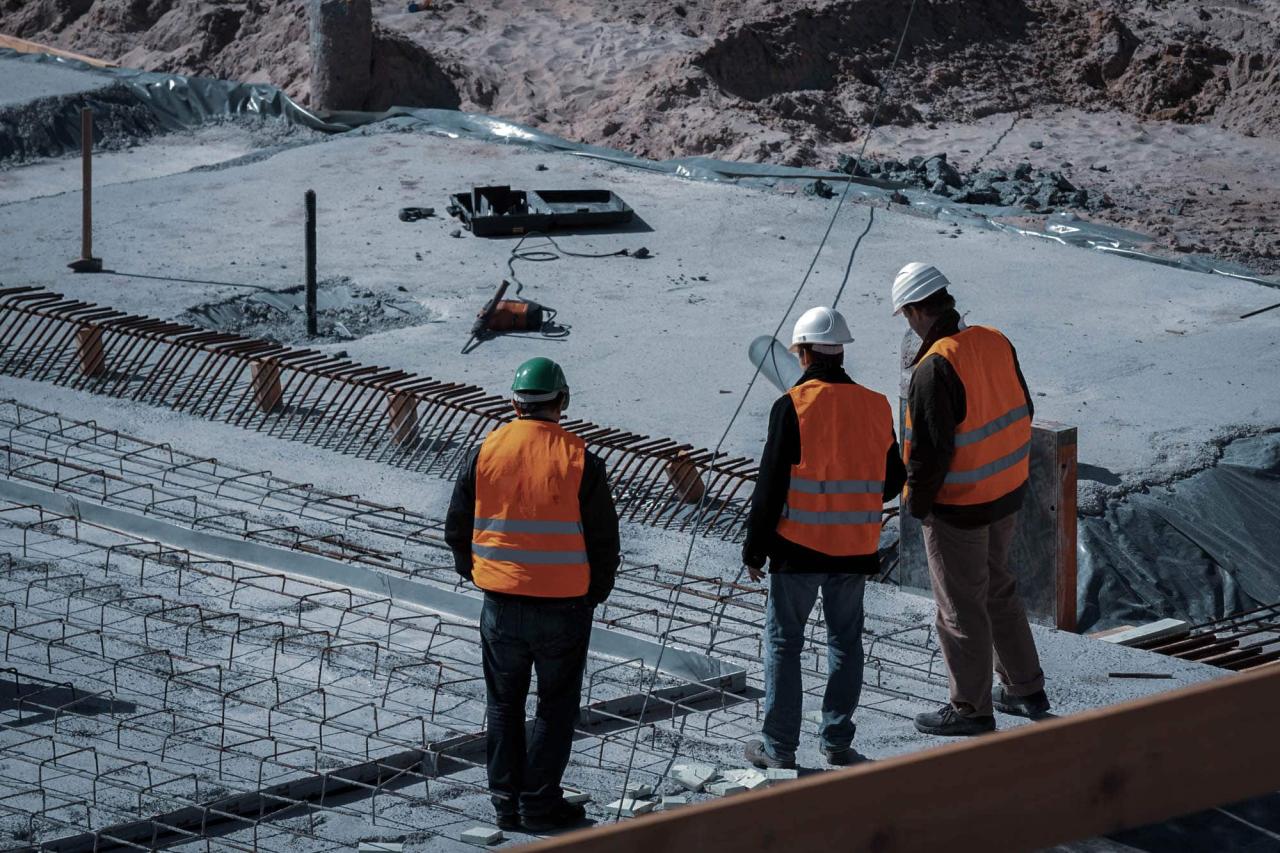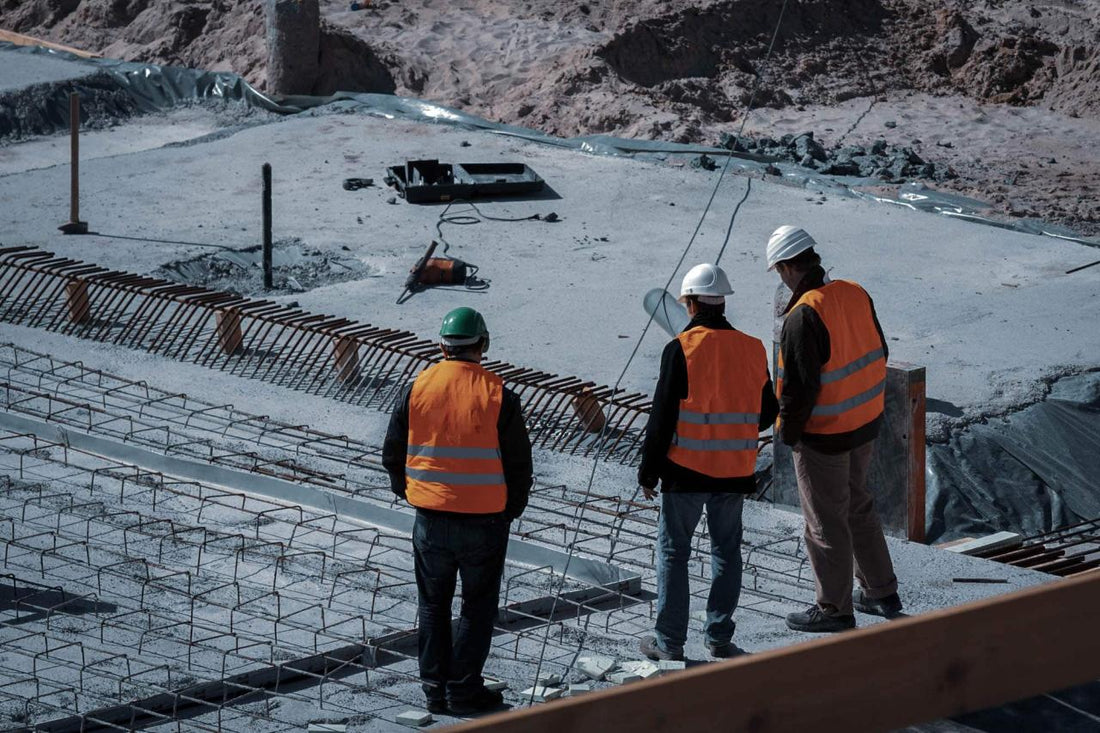In conversations with companies in the construction industry, we saw some recently released reports on inflation and international construction costs with some interesting findings:
- Construction companies, in both developed and emerging economies, are experiencing price increases of more than 5%.
- In addition to rising material prices, labor shortages are a significant driver that will likely keep construction inflation at higher than normal levels.
- Cost management, waste elimination and increased productivity should be top priorities for organizations looking to overcome rising costs due to construction inflation.
So what can we do to survive when construction costs are higher than ever?
7 ways to minimize the impacts of construction inflation
As inflation continues to affect the construction industry around the world, we must find ways to counteract it or risk losing our already slim profit margins.
Try these seven strategies to minimize the effect of construction inflation and rising costs on your organization.
1. Prioritize value over competition
One mistake project owners and procurement teams often make is prioritizing bid price over value. This can cost you more in the long run, especially when inflation is high and the market is volatile.
Using this traditional procurement method pits business partners and contractors against each other. And while the proposals may seem good at first glance, the possibility of costly change requests in the future is much greater.
The solution is to move to a lean partnership, prioritizing the value each stakeholder can offer, rather than creating bidding competitions.
2. Emphasize communication
The goal is not to eliminate cost and schedule risks, which is basically impossible; is to manage these risks by emphasizing early and frequent communication.
Communication needs to happen at all levels. Contractors must communicate changes in costs and delivery dates, managers must communicate about constraints and challenges, and construction executives must model a culture of transparent communication to set the tone from day one.
3. Pay attention to market impacts
Logistical bottlenecks and price increases are two of the biggest factors affecting your ability to deliver projects on time and on budget. Understanding why they happen is the key to success.
This means closely monitoring inflation and domestic supply issues to mitigate rising costs. You need to collect economic data to make accurate predictions and determine the next best move.
Keep an eye out for events that could impact labor, materials and shipping costs so you can plan ahead rather than be surprised by rising prices.
 4. Embrace target value delivery
4. Embrace target value delivery
Target value delivery is a process that gives teams more flexibility to overcome problems quickly and effectively. Great – but how does this help minimize the effects of inflation and supply chain disruptions?
Imagine that the manufacturer of a product you need to deliver your project is experiencing a delay in obtaining the raw materials it needs, either due to increased costs or an obstacle in the supply chain. Then, in addition to this delay, they end up charging more.
Now your project schedule and target cost are at risk. However, with the process, your team can quickly find an alternative to that product that will arrive faster and cost less, without sacrificing the quality of your project.
5. Release funds for materials early
One of the best ways to overcome inflated costs is to approve designs and price materials as early in the project as possible. However, many construction executives and project managers fear they could spend more due to changes in downstream supply and are hesitant to release funds to pre-purchase materials.
Releasing funds early to suppliers allows them to get the right materials at the right time, resulting in a lower risk of paying more later.
Additionally, you can work with trade partners in the pre-construction phase to build certainty and improve the accuracy of your estimating process. This initial design certainty also allows you to more easily leverage other strategies, such as modular construction.
6.…But not too soon
We've discussed how purchasing materials in advance can help minimize higher costs due to construction inflation, but it's possible to free up funds too early. So how do you distinguish between what can wait and what you can order and pay for immediately?
You need to determine the expiration dates of materials on site. One way to do this is to implement a merchandise tracking record that all project stakeholders can access. This can also provide insights into what may impact the delivery of your materials.
These records can help you identify what materials you need, when you need them, and how many you need to better understand what you should order in advance and what you can expect.
7. Implement construction management software
You can also overcome rising costs due to construction inflation by introducing construction management software to your team. This allows you to streamline processes and eliminate inefficiencies to reduce costs without affecting the construction quality of your projects.
Construction management software can help you eliminate miscommunications that lead to cost overruns and delays, compare estimated and actual costs in real time, optimize resource usage, and more – all of which can help you maintain profitability in times of high inflation in construction.
Learn how we can help your organization succeed in times of inflated construction costs: see our construction management software in action with your free personalized demo.

